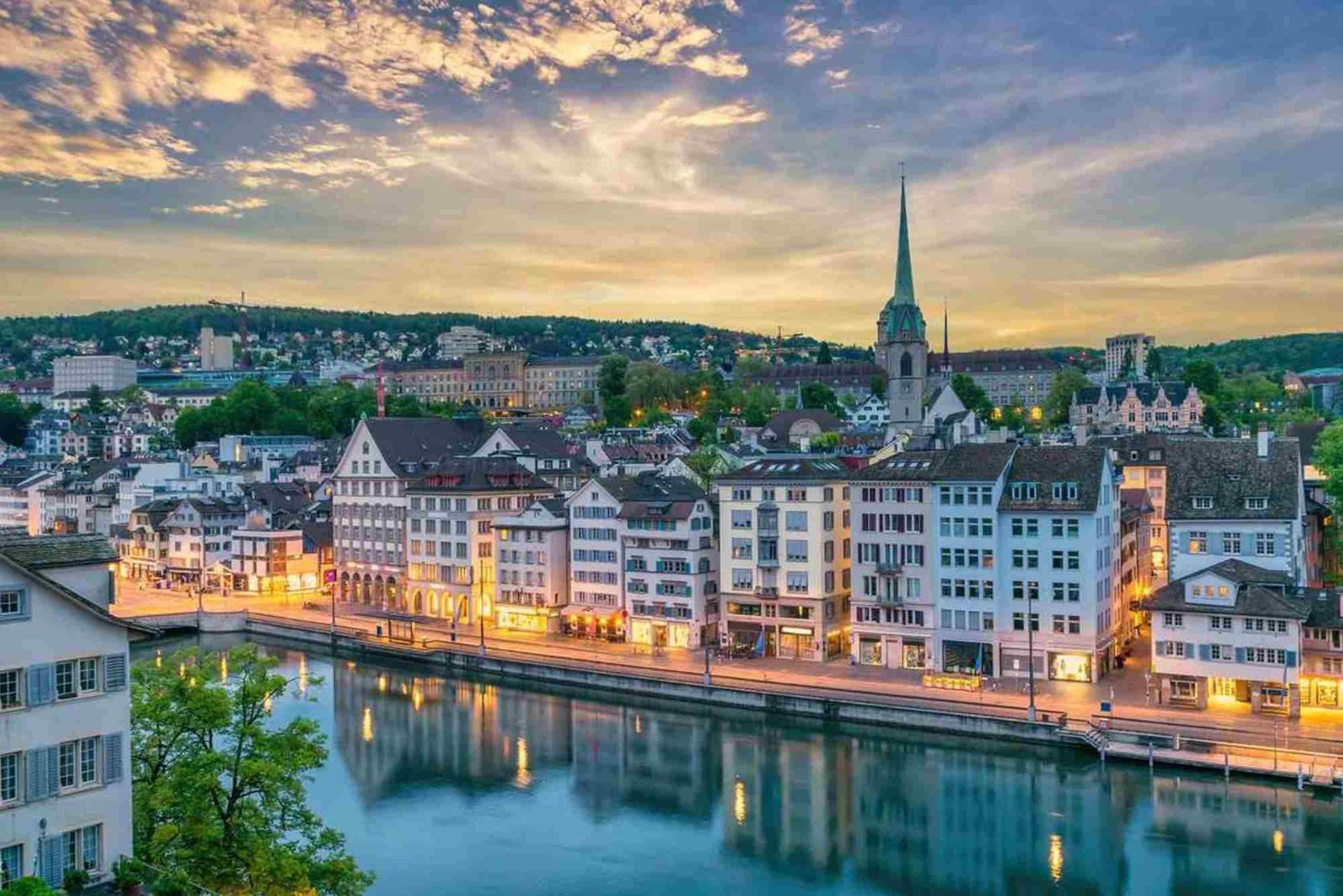The Ancient Beginnings of Cádiz
Cádiz, one of the oldest continuously inhabited cities in Europe, boasts a history that dates back over 3,000 years. Founded by the Phoenicians around 1100 BCE, this coastal gem was originally known as Gadir. The strategic location of Cádiz made it a vital hub for trade and cultural exchange in the ancient Mediterranean world. Its early settlers left behind a legacy of maritime prowess and cultural richness that still resonates today.
The Roman Era: Cádiz as Gades
Under Roman rule, Cádiz, then called Gades, flourished as a significant port city. The Romans expanded its infrastructure, building aqueducts, amphitheaters, and temples. Gades became renowned for its salted fish and garum, a fermented fish sauce highly prized across the Roman Empire. Visitors on a Free tour Cádiz can still explore remnants of this era, including the Roman theater, which stands as a testament to the city’s ancient grandeur.
The Moorish Influence on Cádiz
In 711 CE, the Moors conquered Cádiz, bringing with them Islamic art, architecture, and culture. The city became a part of Al-Andalus, a region celebrated for its advancements in science, philosophy, and the arts. The Moorish influence is evident in the intricate designs and structures that dot the city, offering a glimpse into a period of cultural fusion and innovation.
The Age of Exploration: Cádiz as a Gateway
During the 15th and 16th centuries, Cádiz emerged as a crucial gateway for explorers setting sail to the New World. Christopher Columbus himself embarked on several voyages from its shores. The city’s port became a bustling center of activity, connecting Europe with the Americas and beyond. This era marked the beginning of Cádiz’s transformation into a global maritime powerhouse.
The Golden Age of Cádiz
The 18th century is often referred to as the Golden Age of Cádiz. As Spain’s trade monopoly with the Americas shifted to the city, Cádiz experienced unprecedented economic and cultural growth. The construction of grand mansions, churches, and public buildings reflected its newfound wealth. The city’s cosmopolitan atmosphere attracted merchants, artists, and intellectuals from around the world.
The Role of Cádiz in the Spanish Constitution
In 1812, Cádiz played a pivotal role in Spanish history as the birthplace of the country’s first liberal constitution, known as “La Pepa.” Drafted during the Peninsular War against Napoleonic France, this groundbreaking document laid the foundation for modern democracy in Spain. Visitors can learn more about this historic event on a Free walking tour Cádiz, which often includes stops at the Oratorio de San Felipe Neri, where the constitution was signed.
The Decline and Resilience of Cádiz
Despite its golden era, Cádiz faced challenges in the 19th and 20th centuries, including economic decline and political turmoil. However, the city’s resilience shone through as it adapted to changing times. The preservation of its historical landmarks and the revitalization of its cultural heritage have ensured that Cádiz remains a vibrant and dynamic destination.
Modern Cádiz: A Blend of History and Culture
Today, Cádiz is a city that seamlessly blends its rich history with modern charm. Its narrow streets, colorful facades, and lively plazas invite visitors to explore its unique character. The city’s annual Carnival, one of the most famous in Spain, showcases its vibrant spirit and deep-rooted traditions.
The Beaches of Cádiz: A Coastal Paradise
In addition to its historical significance, Cádiz is renowned for its stunning beaches. From the golden sands of La Caleta to the expansive shores of Playa de la Victoria, the city’s coastline offers a perfect escape for relaxation and recreation. These beaches have been a source of inspiration for artists and writers throughout history.
The Gastronomy of Cádiz
Cádiz’s culinary scene is a reflection of its diverse cultural influences. Fresh seafood, tapas, and traditional dishes like tortillitas de camarones (shrimp fritters) delight the palate. The city’s bustling markets, such as Mercado Central, provide a glimpse into its gastronomic heritage.
Exploring Cádiz: Tips for Visitors
For those planning a visit, a Free tour Cádiz is an excellent way to discover the city’s hidden gems. Guided tours often include stops at iconic landmarks like the Cathedral of Cádiz, the Torre Tavira, and the ancient city walls. Walking through the city’s historic center is like stepping back in time.
Lessons from Cádiz’s History
The history of Cádiz offers valuable lessons about resilience, cultural exchange, and the importance of preserving heritage. Its story reminds us of the enduring impact of human ingenuity and the interconnectedness of civilizations. As we explore its past, we gain a deeper appreciation for the present and a renewed sense of hope for the future.





